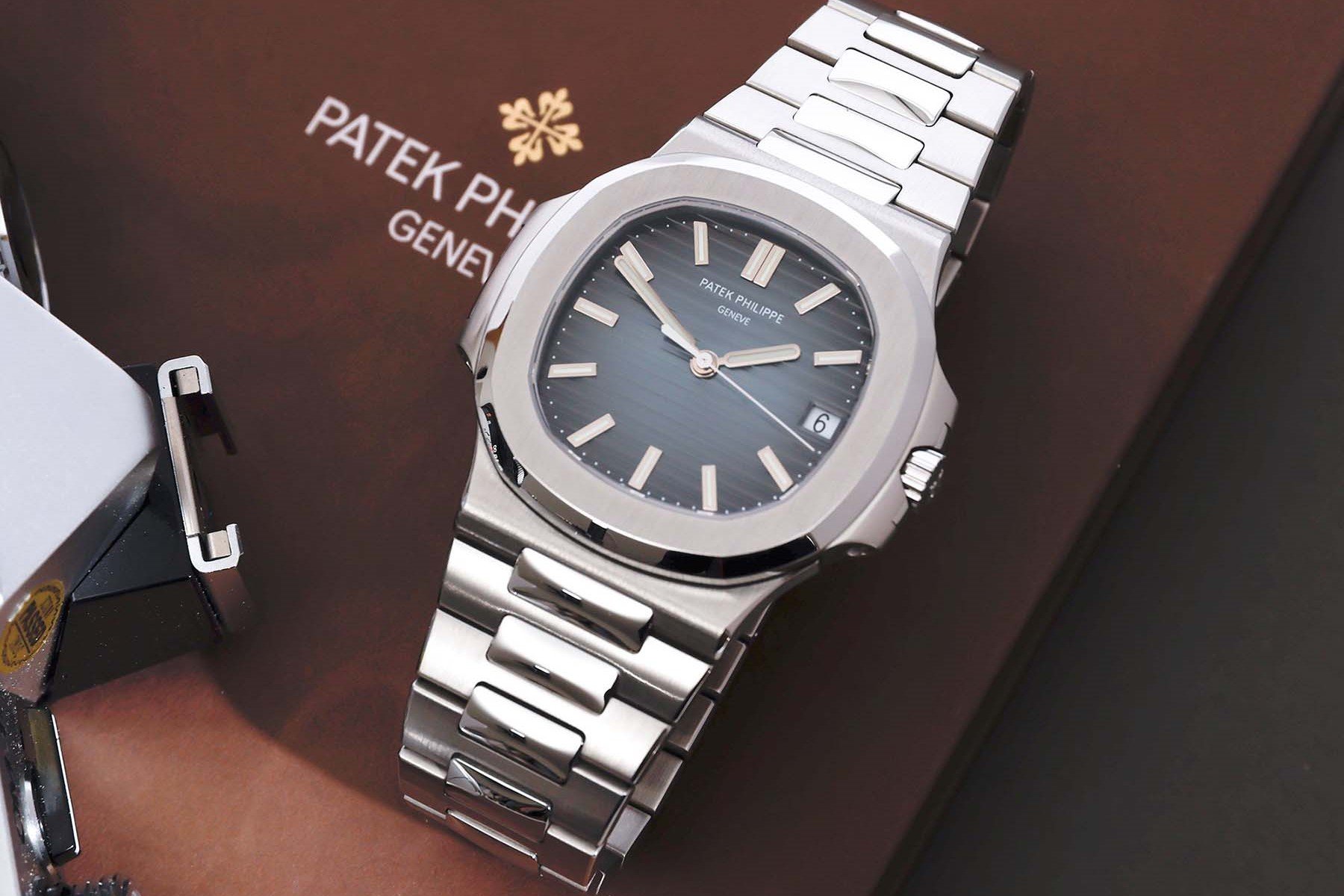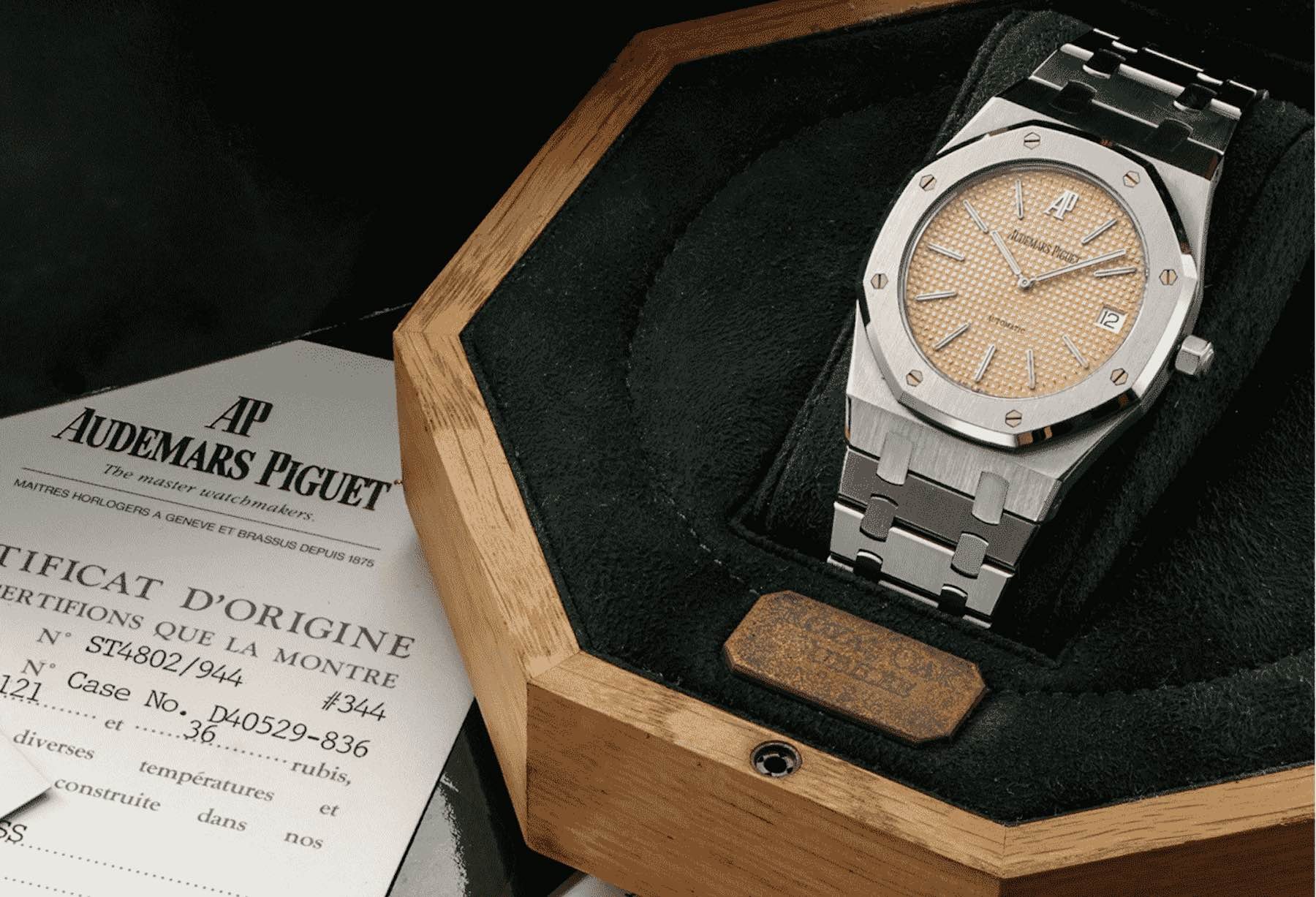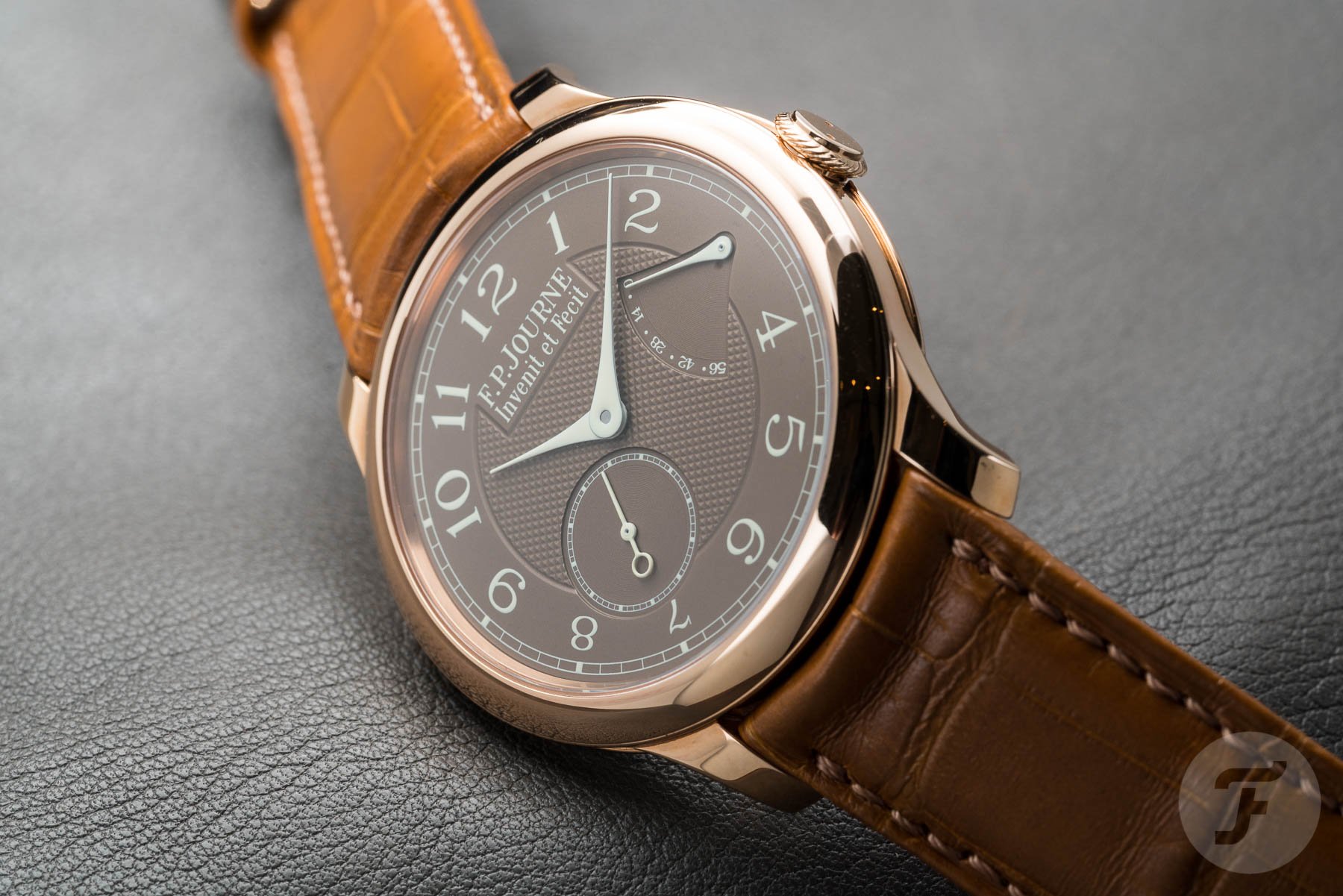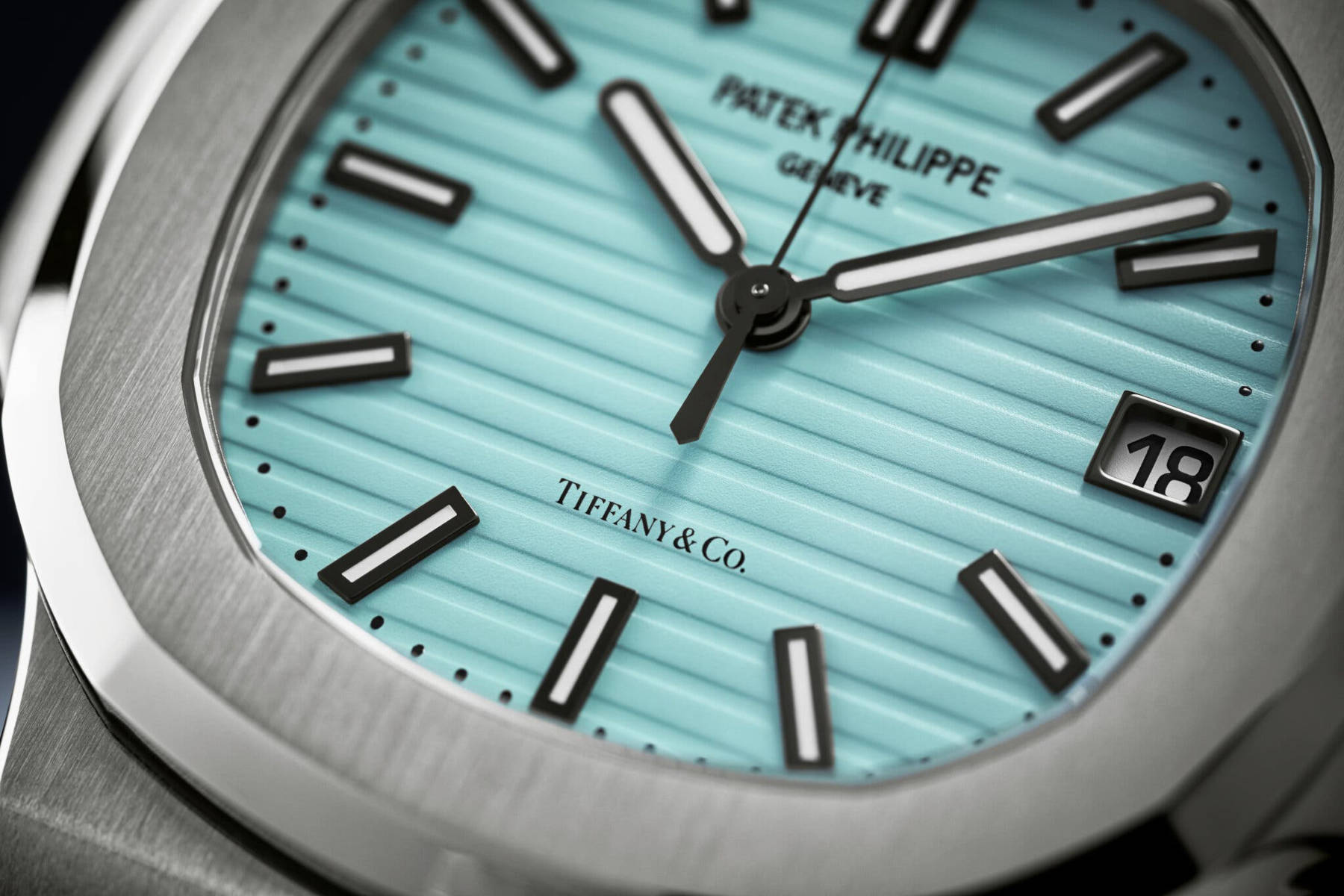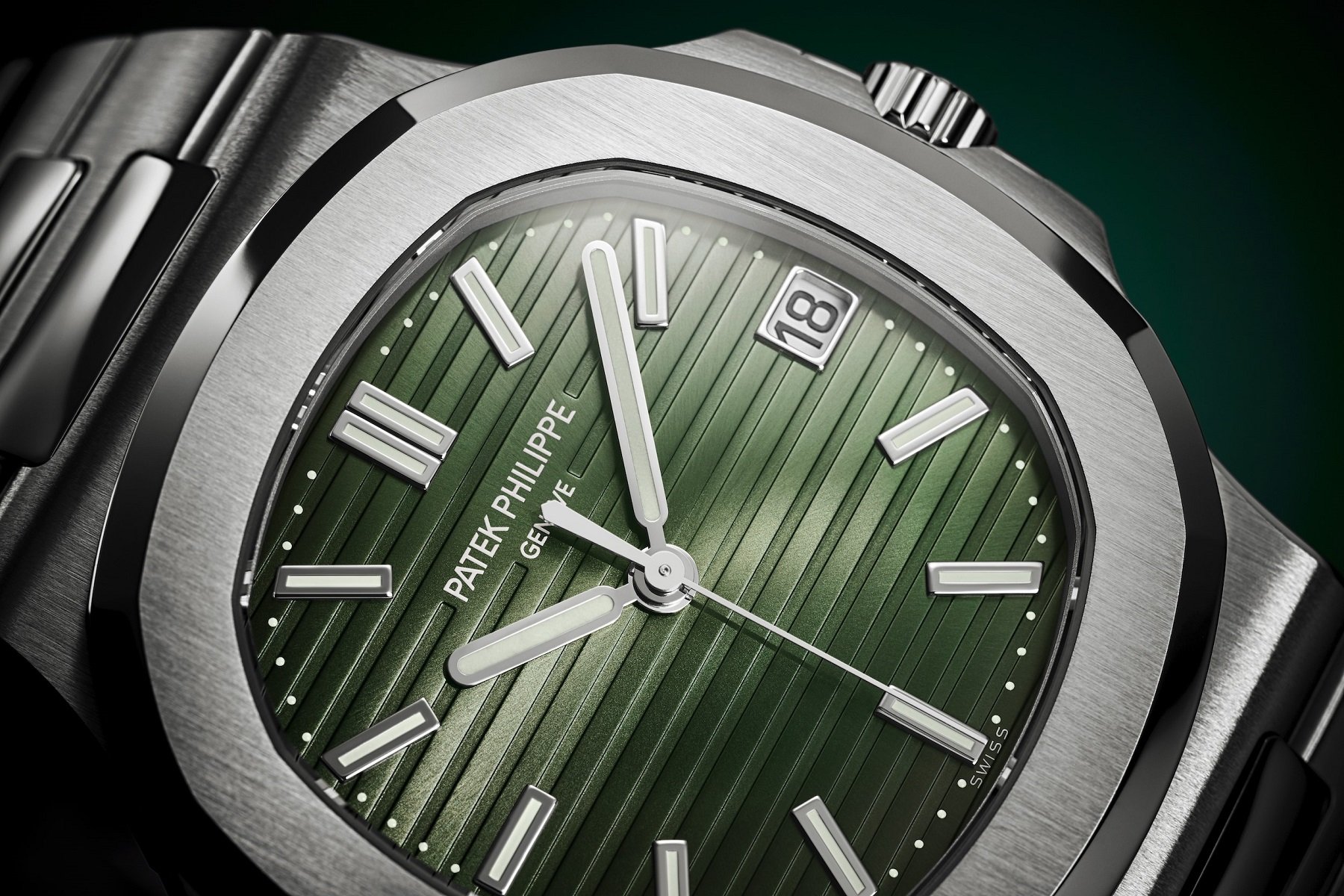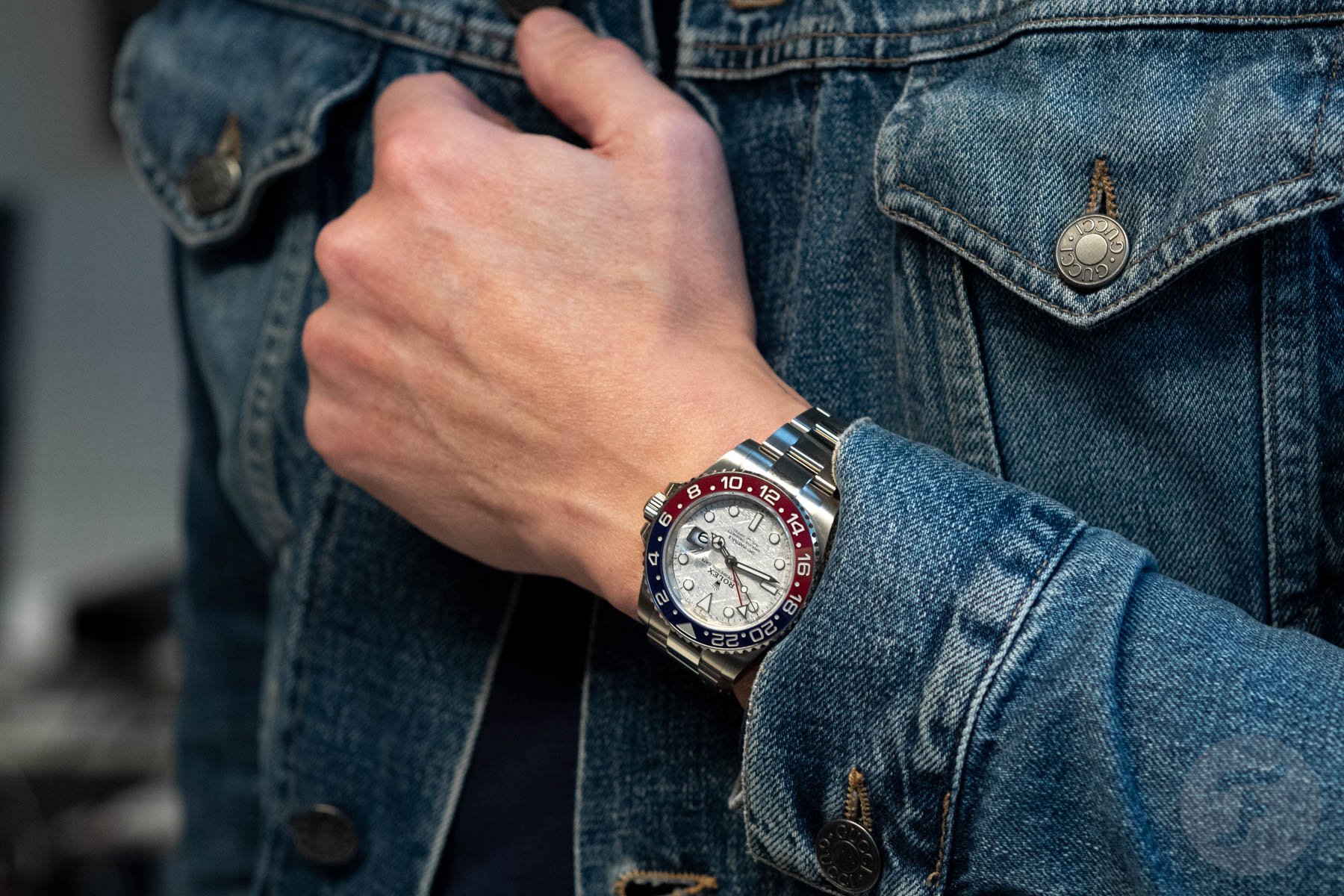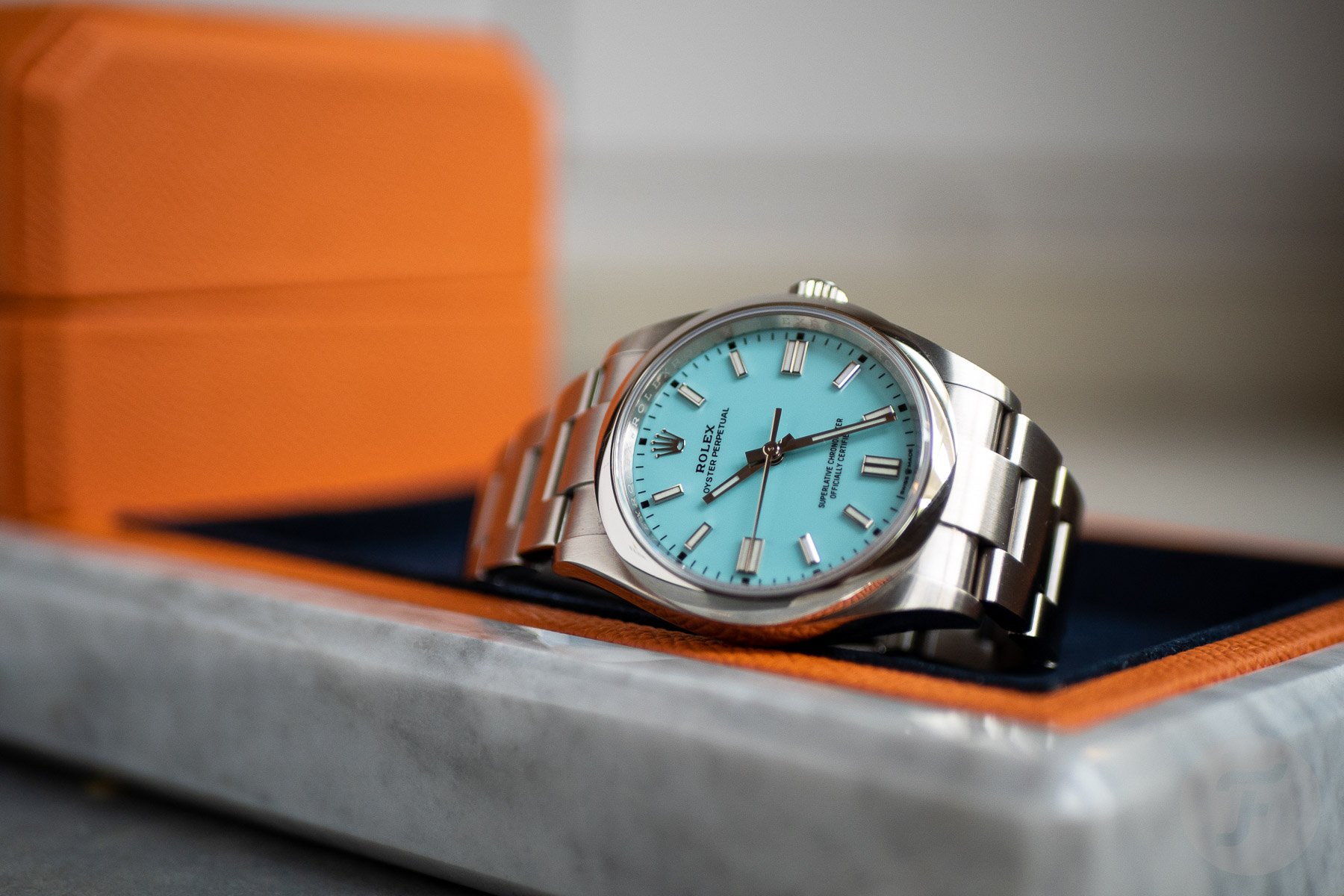Watch Market Update: Calm Down, Your Beloved Watches Are Not Plummeting In Value
Watches do not make headlines very often. When they do, it is usually either about money or crime. Lately, we seem to get buried under articles about the crash of the watch market. Since the authors of such pieces are not usually watch experts, a lot of the nuance is lost. It seems there is an eagerness to see “those greedy watch snobs” fall. Well, let me tell you that, as always, the reality is a lot more nuanced. And to cut to the chase, your watches will most likely be fine.
It is true that we are facing economic uncertainty. I will not get into all the factors at play — there are plenty of authors much better qualified to do that. But I will have a closer look at what happened and what might happen in the watch world.
Why value matters
For starters, watches as investments are a heated topic. The general consensus among aficionados is that you should buy a watch because you love it and want to wear it. Buying with the sole intention of flipping, or keeping it in the safe until it is worth more, is not usually appreciated by the watch community.
Still, value retention does matter to many collectors, myself included. When living off an average income, high-end watches are a pretty extreme expense. In my case, it is very comfortable to know that, should the want or need arise, some of my watches can be converted back to cash. That is, however, something different than investing or speculating. I do not care if I make a little or lose a little. I am not looking for my watches to make me rich.
So when we hear all this news about the market crashing, it makes sense to worry about the value retention of your beloved watches, even if you are not buying them for investment purposes. However, it is not in vogue to admit so. The thing to say as a collector is that value does not matter to you. And for some, dipping prices are only putting more watches within reach. Power to you! But as a “normal” collector, I think it is not unreasonable to worry a bit when you are bombarded with news about watches losing a ton of value.
How the watch market got to unprecedented highs
We have experienced a bit of a perfect storm, pushing up the prices of secondhand and gray-market watches. It is impossible to point to a single factor., but let me try to sketch a picture by covering some of the elements at play.
First of all, there seems to be a natural growth in interest in watches. We at Fratello are feeling the effects. We are finding new readers every day. People who were never into watches are now discovering the beauty of this hobby. This natural growth of the demand side was likely boosted by the pandemic. People looked for new pastimes. Many had some extra expendable income and limited ways to spend it. Add to this the influence of low interest rates, the rise of crypto, social-media hype, and lowered production due to the pandemic.
Many watches can boast a long history of sustainable value growth. This is caused by the natural growth of demand combined with scarcity. The factors above resulted in an influx of speculators trying to cash in on this normally long-term development. The result was that a reasonably healthy market that showed gradual growth became highly speculative. This meant prices skyrocketed in an extremely short amount of time. This, in turn, brought in more fortune seekers, boosting the effects.
How the watch market came back down
As the rise was caused by a host of variables, so was the downfall. Articles from The Wall Street Journal and Bloomberg point to the war in Ukraine, inflation, crypto crashing, and pundits predicting a bear market in general.
Whatever the cause, sellers suddenly flooded the market with hyped watches. At the moment, there are about three times as many Rolex Daytona ref. 116500LN listings on Chrono24 than there were at the beginning of the year. This is telling. It clearly demonstrates that many sellers did not own that watch to wear and enjoy it long-term. It was not behaving as a collector’s item but as a commodity.
The fact that this was not sustainable was to be expected. When watches trade at multiple times their recommended retail price, you know there is something wrong. Just think about it. The gray-market dealer who managed to get a hold of a Patek Philippe 5711 could make six times more than the RRP. Remember all those boxes full of brand new Rolex “Hulk” Submariners on Instagram? Combined with the ridiculous prices, that was not a sign of a healthy market.
So who is getting hurt in the watch market now?
When I look at my own little watch box and add up the virtual values, I have not been hit at all. So what is going on? Who is getting hurt here, exactly? The downfall is focused on the watches that were hyped to extremes. The holy trinity of “investment watches” was the Rolex Daytona, Patek Philippe Nautilus, and Audemars Piguet Royal Oak. They had a range of similar watches in their wake. All were unavailable for regular purchase and hyped into the stratosphere. These are the watches that have seen a big correction recently.
When you look at more “normal” luxury watches, things are very different. I am talking about the Omega Speedmaster, Tudor Black Bay, Jaeger-LeCoultre Reverso, collectible Seiko, and the like. These have all been on their regular slowly-but-surely upward curve with the regular little ups and downs. And these — if I am not mistaken — are the types of watches you and I tend to own.
It seems, then, that it is the speculators who are getting burned at the moment. They caused massive rises and they now experience the fall.
What I expect for the future
Okay, I feel the need for a little disclaimer. The following is my personal expectation. Please, do your own research and form your own opinions. Don’t put your money where my mouth is. I am no expert, and this is merely a personal view. And I have been wrong before.
I think the hyped watches will continue to go down. I cannot imagine the speculators would jump back in anytime soon (and I do not hope so). Similarly, I do not think the current developments will lure the actual aficionado back in just yet. I can imagine a collector would pay somewhere up to 1.5× or 2× retail for an otherwise unavailable true grail watch, but we are still a long way away from that range on these particular watches.
For less-hyped watches, I think we will not see anything too drastic. It is, however, impossible to predict what will happen to the watch market if we were to enter a global economic recession. The watch market has changed so fundamentally since the last recession that we cannot draw any sensible parallels.
Don’t let the news get you down
In any case, I would be surprised if we were to see a downfall across the entire watch market. It seems that the influx of new collectors and aficionados outweighs the production increases of watch brands. That, to me, suggests your watch box is likely just fine.
Particularly, the vintage market should remain strong. With good examples only becoming rarer, I cannot see a scenario in which supply would be bigger than demand. But then again, reality is always stranger than you would have predicted.
What do you think will happen to watch prices in the foreseeable future? And are you adapting your own collecting behavior to it? Do you even care, or do you write off your new watch acquisitions completely the moment you pay for them? Let me know in the comments.

